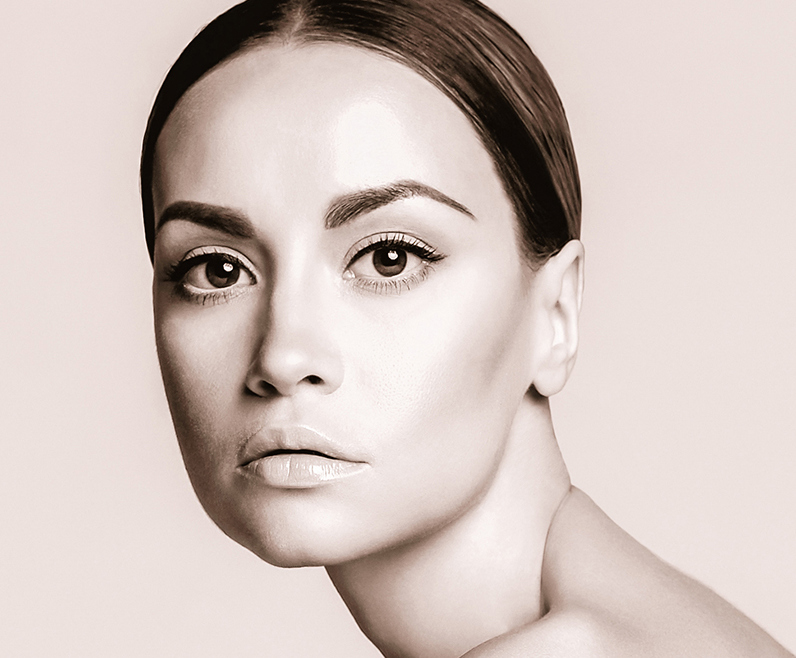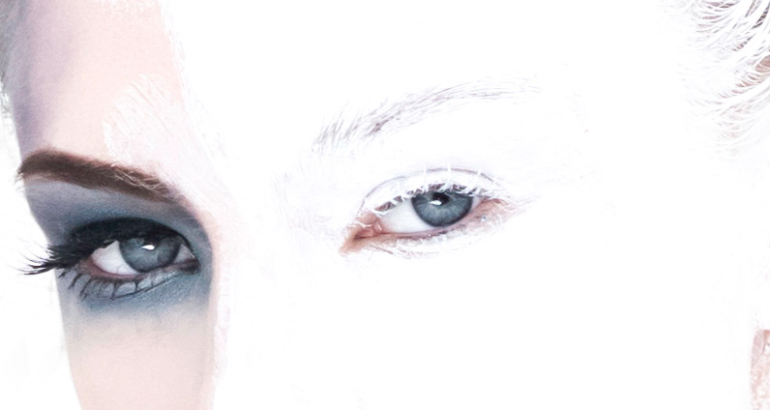Written by: Dr Serena Cardoso DipPEC (SA), BHSc, MB BCh (WITS)
Light from the sun causes premature skin ageing and wrinkling (photoaging) and increases the risk of skin cancer (photocarcinogenesis) because of radiation, specifically, ultraviolet radiation (UV). Sunscreen helps protect the skin from this radiation and should be the most important consideration in your skincare, home regime. However, it’s important to add other sun-protective measures like wearing hats, sunglasses and avoiding the sun. Prevention is always better than cure. A randomized control trial published in the Annals of Internal Medicine a few years ago showed that the daily application of sunscreen slows ageing by 24% and in this group, there was no detectable increase in ageing after 4,5 years. The market is full of sunscreens and it may be difficult to choose one.
There are a few considerations when selecting your SPF:
1. It should be broad-spectrum i.e. it should protect from UVA (at least 10) & UVB (at least 30). Most sunscreens claim to be broad-spectrum but offer dismal amounts of UVA protection.
2. It should offer SPF protection between 30-50.
SPF is only an indicator of UVB protection. Often the higher the SPF the less the UVA protection. Although SPF 15 is FDA approved for sunburn and skin cancer protection, a minimal SPF of 30 or higher is recommended by the American Academy of Dermatology. However, don’t assume that because you have applied a high dose of SPF that you can stay in the sun for longer. This false sense of security may allow you to accumulate more UVA damage. Some studies have shown this sun behaviour has resulted in more melanomas because of more time spent in the sun! SPF 100 is negligibly more protective than SPF 50 and the higher you go the more harmful chemicals the sunscreen may contain. UVB rays are the most potent wavelength especially at causing redness, swelling and blisters. These rays are mostly absorbed by the epidermis (the uppermost, superficial layer of the skin). UVA rays may have a lower-energy, give your skin a tanned appearance and may not cause you to appear very burnt but these rays are more numerous and penetrate deeper into the dermis damaging mostly new baby skin cells and DNA, suppressing your immune system and allowing free radicals to form – increasing your risk of melanoma. Only two UVA ingredients are currently deemed safe and effective by the FDA: zinc oxide and titanium dioxide. Avobenzone is also a very effective UVA filter but doesn’t very long and requires stabilizers to slow down the process. 12 others available are currently being evaluated. UVA + UVB rays both damage our skin’s DNA in different ways, and both contribute to melanoma risk. There are different types of UV filters in your sunscreen:
· Inorganic filters (previously known as physical or mineral sunscreens) like zinc oxide and titanium dioxide that act as a shield, bouncing off the sun’s harmful rays. These filters leave a white residue on the skin but are better for those with sensitive skins.
· Organic (or chemical) filters absorb the sun’s rays like a sponge. Examples of these chemicals include oxybenzone, octisalate, octocrylene. They tend to be easier to rub into the skin and don’t leave a while film. Some of these chemical UV filters are better at protecting against UVB, others UVA. If a filter can protect against both UVA and UVB rays, then it is considered a “broad-spectrum”.
There have been some bad media around some of the ingredients in sunscreens. Some people may
react to certain UV filters within a sunscreen and may get contact dermatitis. We see this reaction with some of the organic filters so it may be best to test a sunblock out first before you buy it. If your current sunblock is causing a rash, redness, blisters, swelling or itch then you may be having an adverse reaction to one of the ingredients and should switch to another sunblock. Another strategy to reduce this reaction is to mix your sunblock with a high lipid- content barrier moisturizer which may prevent and reduce this problem. It’s also important to avoid placing sunscreen on damaged skin. UVA and visible light damage the skin and also contribute to phototoxic and allergic contact dermatitis, so we recommend using a sunblock that protects against UVA and visible light too. During summer months one should be cautious with strong Vitamin A products so go lightly and apply only in the evenings. There is a claim from a small trial that postulated whether some of the organic chemical UV filters could be toxic to human health and hormone function but these concerns have not been proven. We don’t have enough information and studies yet on their absorption. 16 UV filters have been deemed safe and we are currently waiting for more safety data on 12 other UV filters. Studies looking into this are underway and the FDA is currently deliberating which of these 12 ingredients are generally safe and effective. We should these conclusions at the end of November 2020. If you are still worried, then you can choose one of the many other alternative inorganic sunscreen ingredients. So far only zinc oxide and titanium dioxide have got the nod. They are too large to be absorbed into the body. The Colour Science wand only contains these two ingredients. I keep one in my car for afternoon applications.
It is important to keep in mind that what has been proven is 1 million new cases of nonmelanoma skin cancer every year, sun exposure causes photodamage to the skin and accelerates normal chronological ageing and sunscreens reduces this risk!
One of the conditions that we focus on at our practice is melasma, a very challenging hyperpigmentation condition to treat. Traditionally, the primary focus in melasma treatment is sun protection, especially Ultraviolet light protection. Recent research indicates that visible light, particularly low-spectrum blue light, significantly contributes to hyperpigmentation too. Iron oxide has been found to be most effective in melasma treatment and prevention, blocking out both UV and visible light. Another treatment modality in the sun protection kit is Heliocare’s oral antioxidant tablets. This supplement gives an extra layer of sun protection in combination with sunscreen. Many newer sun products also contain fantastic antioxidants to mop up and repair sun-damaged skin, like vitamin C and E, silymarin and green tea polyphenols.
Alright, so now that you have found your sunscreen, how you use it is key for effectiveness. A thick layer is important to reduce free radical generation. Your face requires 2mg/cm2 of sunscreen. If I do the maths for you, the average face requires around 1-1,5ml of sunscreen 15 minutes before sun exposure and your entire body around 30ml (1 tablespoon). It is to be reapplied every 2 hours if sweating (and if it’s summer you’re sweating) or swimming! How often do any of us do that? Well, we should. Spray sunscreens are usually not applied in adequate volumes, so creams and lotions are preferred. Also, sprays may be dangerous if inhaled. Many of the UV filters in sunscreens are not very photostable, that means the sun rays break them down quite quickly. Adding lots of different filters together helps to lengthen your sunscreens’ duration and a few brands have formulated
creative ways to make applying sunscreen frequently easier like Heliocare’s compacts and Colour Science’s portable powder stick.
In summary, choose a broad-spectrum sunscreen with potent, high-quality UVA and UVB filters; UVA of at least 10 and SPF (UVB) between 30 and 60; ensure it is water-resistant esp. if you swim or sweat a lot; switch from spray sunscreen to cream-based sunscreen; apply a lot more sunscreen than one squirt and reapply more than once a day!



